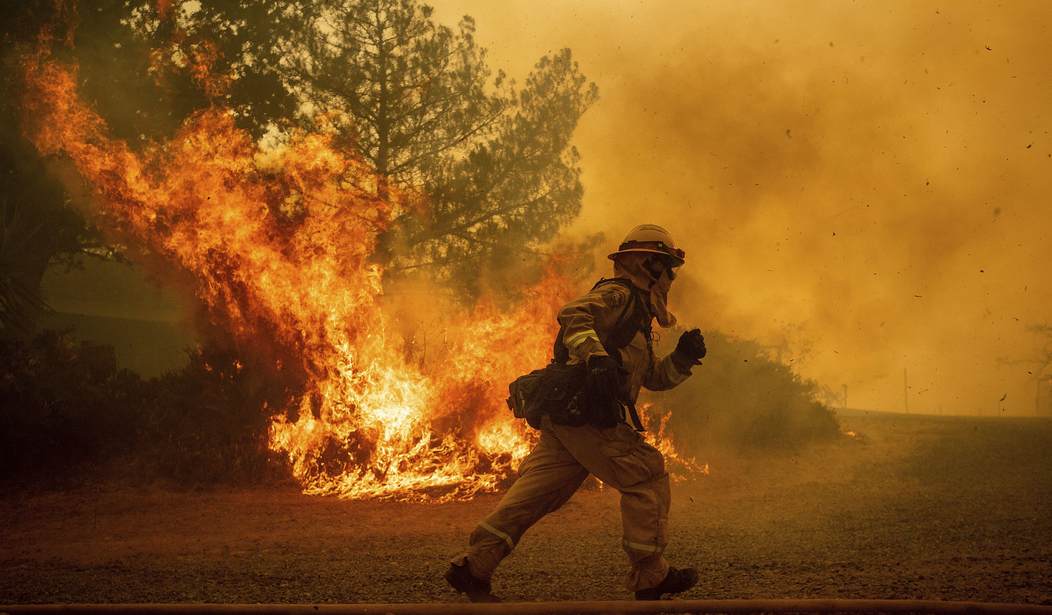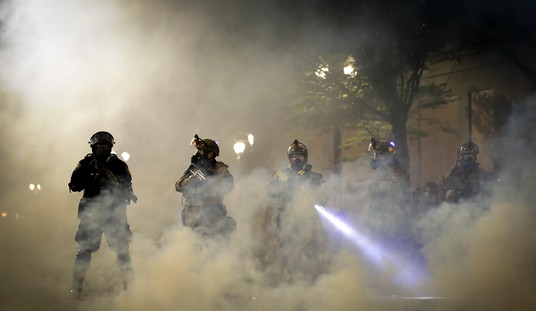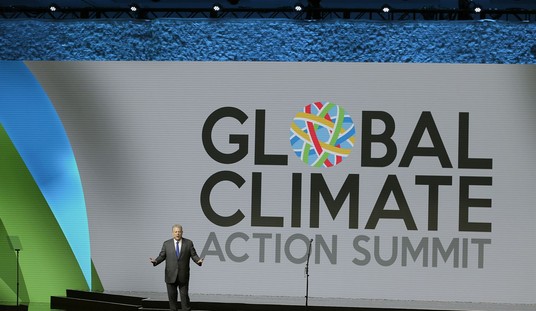The National Interagency Fire Center (NIFC) has been the keeper of U.S. wildfire data for decades, tracking both the number of wildfires and acreage burned all the way back to 1926. After making the entire dataset public for decades, in a blatant act of cherry-picking, NIFC “disappeared” a vast portion of it. Now, NIFC only shows wildfire data from 1983.
Fortunately, the internet never forgets, which means the entire dataset is preserved on the world wide web. Data prior to 1983 show U.S. wildfires were far worse 100 years ago, both in frequency and total acreage burned, than they are today.
By disappearing all data prior to 1983, which just happens to be the lowest point in the dataset for the number of fires, NIFC data now show a positive slope of worsening wildfire aligning with increased global temperatures. This truncated dataset is convenient for claiming “climate change is making wildfires worse,” but flawed because it lacks the context of the full dataset.
In June 2011 when this data was first made publicly available by NIFC, the agency said, “Figures prior to 1983 may be revised as NIFC verifies historical data.”
In December 2017, I published an article titled “Is climate change REALLY the culprit causing California’s wildfires?” pointing out the federal government’s own data showed wildfires had declined significantly since the early 1900s. Of course, that undermined claims made by the media that climate change was making wildfires more frequent and severe. Curiously, sometime between January 14 and March 7, 2018, shortly after that article appeared, NIFC added a new caveat on its data page.
According to NIFC, “NIFC compiles annual wildland fire statistics for federal and state agencies. This information is provided through Situation Reports, which have been in use for several decades. Prior to 1983, sources of these figures are not known, or cannot be confirmed, and were not derived from the current situation reporting process. As a result, the figures prior to 1983 should not be compared to later data.”
With the Biden administration now in control of NIFC, the agency now says, “Prior to 1983, the federal wildland fire agencies did not track official wildfire data using current reporting processes. As a result, there is no official data prior to 1983 posted on this site.”
This attempt to rewrite official U.S. wildfire history for political reasons is both wrong and unscientific. NIFC never previously expressed concern its historical data might be invalid or shouldn’t be used.
Moreover, NIFC’s figures have been relied upon by peer-reviewed research papers and news outlets in the United States for decades. Without this data, there is no scale of the severity of U.S. wildfires or method to compare the number of wildfires in the past with the numbers today.
Wildfire data is fairly simple to record and compile. Just count the number of fires and the number of acres burned. NIFC’s revision of wildfire history is essentially labeling every firefighter, every fire captain, every forester, and every smoke jumper who has fought wildfires for decades as being untrustworthy in their assessment and measurement of this critical data.
The reason NIFC scrubbed wildfire data before 1983 is not transparent at all. NIFC provides no scientifically sound methodological reason to not trust the historic data that the agency has publicized and referenced for several years.
Indeed, NIFC provides no rationale whatsoever for removing the historic data.
If the fact that scientists or bureaucrats have changed the way they track and calculate data over time legitimately justifies throwing out or dismissing every bit of evidence gathered before contemporary processes were followed, there would be no justification for citing past figures on temperatures, floods, droughts, hurricanes, or demographics and economic data.
The way all of these and other “official” climate records have been recorded has changed dramatically over time. Back in the early twentieth century, temperatures were recorded on paper and then mailed in for collating.
Now, they are mostly collected electronically. If simply changing the way a class of data is recorded justifies jettisoning any historic climate dataset, then no one can say with certainty that temperatures have changed over time and a human fingerprint of warming has been detected.
The NIFC decision to declare data prior to 1983 “unreliable” and remove it is not just hiding important wildfire history, but cherry-picking a dataset starting point that is the lowest in the entire record to ensure that an upward trend exists from that point.
The definition of cherry-picking is: “suppressing evidence, or the fallacy of incomplete evidence is the act of pointing to individual cases or data that seem to confirm a particular position while ignoring a significant portion of related and similar cases or data that may contradict that position.”
It seems NIFC has caved to political pressure to disappear inconvenient wildfire data. This action is unscientific, dishonest, manipulative, and possibly fraudulent. With this action, NIFC is no longer trustworthy as a source of reliable information on wildfires.
Anthony Watts ([email protected]) is a senior fellow for environment and climate at The Heartland Institute.














Join the conversation as a VIP Member